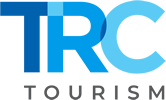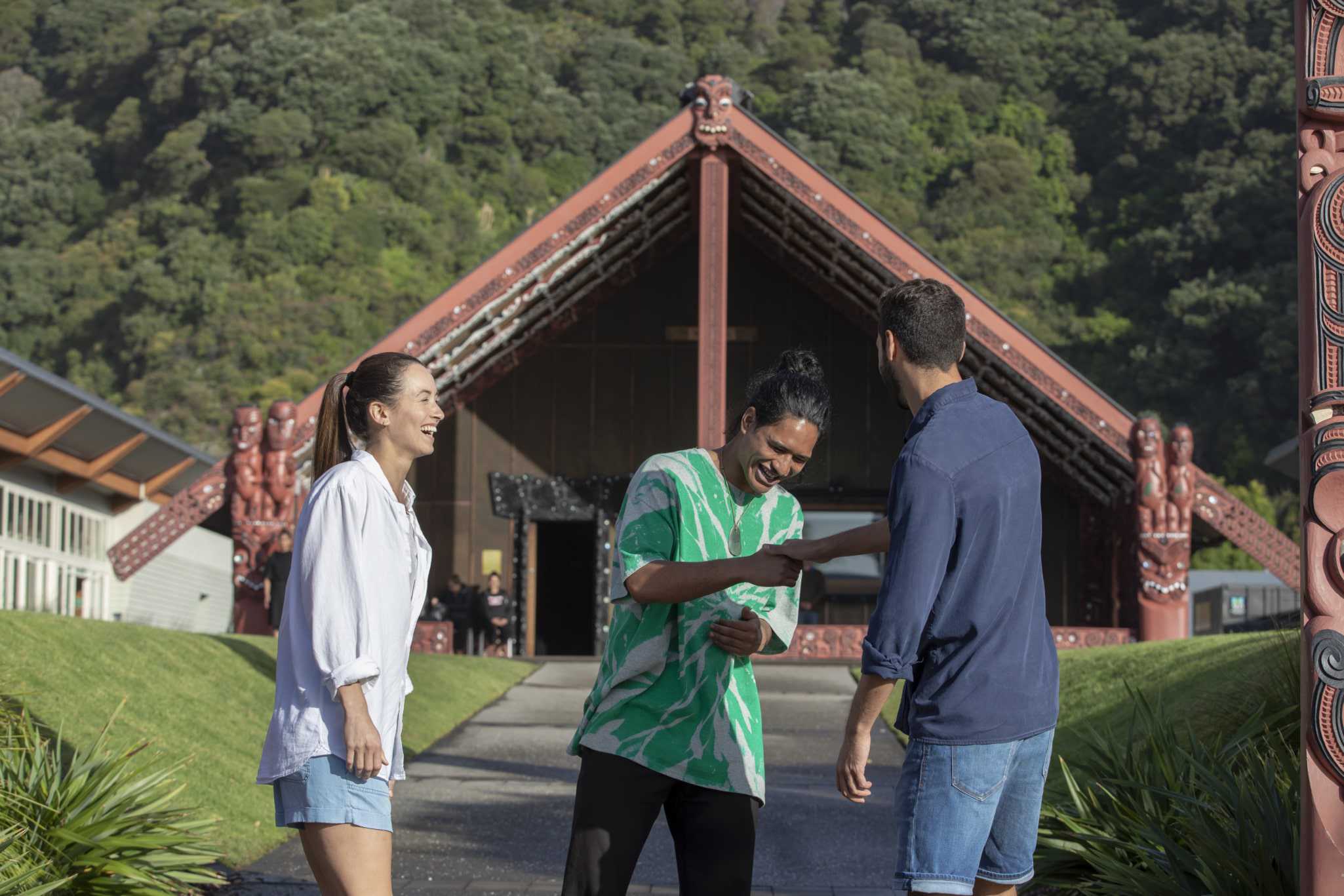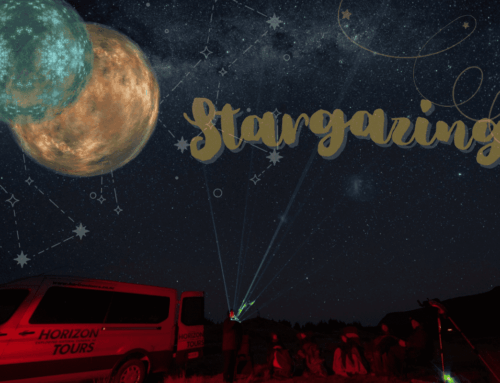By Kylie Ruwhiu-Karawana
Cover Image Credit: Graeme Murray
Māori tourism experiences are built on their histories, values, and an innate understanding of where they have come from in order to plan for a resilient and sustainable future.
Summary
Tourism is an economic enabler for Māori communities, and offers a chance to build employment opportunities that will assist in bringing iwi, hapū and whanau members back home to support their communities and be supported by them. Marae are the cornerstone of Māori culture. From behind the fence, they look like a collection of buildings, some ornately carved, some not, but for Māori they are the tether that connect them to their people and their place in this world.
Over time, with many iwi members leaving to seek education and employment in other areas, marae have become a place used more for mourning than building community wellbeing. Tourism experiences owned and operated by whanau, hapū or iwi, employing locals to tell their stories their way, and investing iwi money into the future development of their people will allow that to change. As with many aspects of life, Māori walk backward into their future, learning from their past, leaning into their histories and carrying that knowledge into the future.
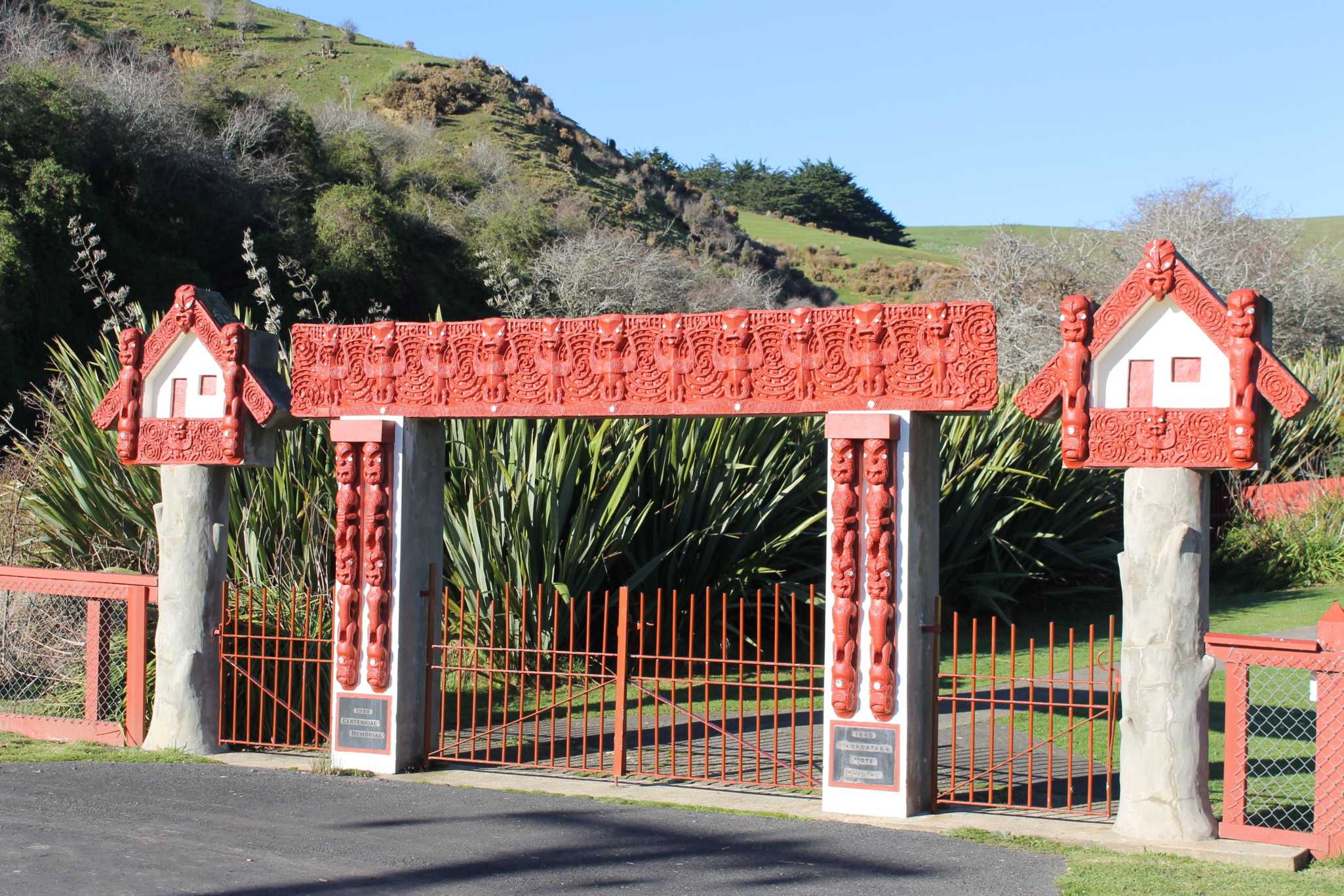
The value and interest of the case study
This case will show how indigenous communities can utilise tourism as a strong economic enabler and provide authentic visitor experiences that bring the power of People and Place to light through storytelling and cultural engagement. Māori know who they are and where they come from, and this can provide more insight to understand where they are heading into the future.
Background
Māori have been involved in tourism in Aotearoa, New Zealand since the days of Ōtūkapuarangi, the Pink and White terraces once considered the eighth wonder of the world. The terraces formed over five hundred years, as water rich in silica flowed down the hill side to the shores of Lake Rotomahana from a boiling geyser above. Māori were the guardians of this place, and early European settlers to the site would pay to access the lower, cooler pools to bath in. These pools were lost in the eruption of Mount Tarawera in 1886, but the economic independence tourism provided was not lost on Māori, who continue to be an important sector within the broader New Zealand tourism industry and providing unique experiences for visitors.
Marae are the cornerstone of Māori communities. Although the word marae refers to the courtyard or space that lies directly in front of the whare rūnanga, the ancestral house of the hapū, or subtribe, it is an accepted name for the large grouping of whare, or buildings on tribal land where Māori will whakapapa, or have a genealogical link back to. Marae help to define who we are as Māori, by identifying where we come from, and the whānau or family that link to that place.
There are hundreds of marae throughout Aotearoa, New Zealand, and many of them are located within rural areas. Sustainable employment is at times hard to find in these rural areas, and Māori have had to move on from beyond the boundaries of their marae and local communities for education, employment and other life opportunities. This has meant that marae, once the thriving heart of Māori life, have become places of mourning and brief celebrations only.
Prior to 2020, the tourism industry was riding a large wave. Visitors were arriving in the millions, spending money in the billions, and new tourism operators were setting up on a regular basis. But we were also seeing large detrimental impacts on our natural and social environments. Destinations like Milford Sound and Fiordland were rapidly approaching a point of no return, and stronger destination management processes were needed.
COVID-19 has rocked the foundations of our industry and created uncertainty and concern for many business owners, employees and communities. As a global disruptor, it has not discriminated, and has touched every community around the world. It is our response to this disruption, and plan towards recovery that will determine how well we come out at the end of this.
It is extremely unlikely that this disruptor will be the last one that we face. The next one might be another pandemic, or more likely a global climate change event. But whatever it is, we need to be more resilient as an industry and a community to be better prepared for it.
Capturing iwi Aspirations
A New Zealand government response to COVID-19 was the development of the Strategic Tourism Asset Protection Programme or STAPP[1] and it is intended to protect assets which form the core of our essential tourism offerings. There is no greater asset for tourism in New Zealand than our destinations. Therefore, a significant portion of that funding was allocated to Regional Tourism Organisations to assist in the implementation of destination management and planning within the regions.
TRC Tourism’s approach to destination management planning is unique. We overlay the importance of community benefit and wellbeing across the plan to ensure we foster resiliency within our businesses, our destinations, our industry and our communities.
An integral part of our approach is capturing iwi aspirations for people and place. We do this through our Kaupapa Māori approach to purposeful engagement that is for Māori, by Māori, and designed to understand the aspirations of people and place for mana whenua. This process determines where whanau/hapū/iwi are currently, what their aspirations for the future might be, and identifies opportunities and barriers that might exist between the two.
By ensuring we have accurately captured these aspirations, we feed this into the destination management process that helps to ensure our approach is truly co-designed. In recent months, these iwi engagement sessions have led to powerful discussions and many shared aspirations for iwi across New Zealand. One of the most common aspirations, especially from older members of Māori communities, is for there to be more opportunity to bring Māori back to smaller rural communities. Their desire is to see marae return to being the thriving community cornerstone they were always meant to be.
This means having sustainable employment options that can provide economic pathways forward for future generations. These options might be small whanau owned and operated experiences through to larger hapū or iwi businesses that derive strong economic benefit through the visitor economy.
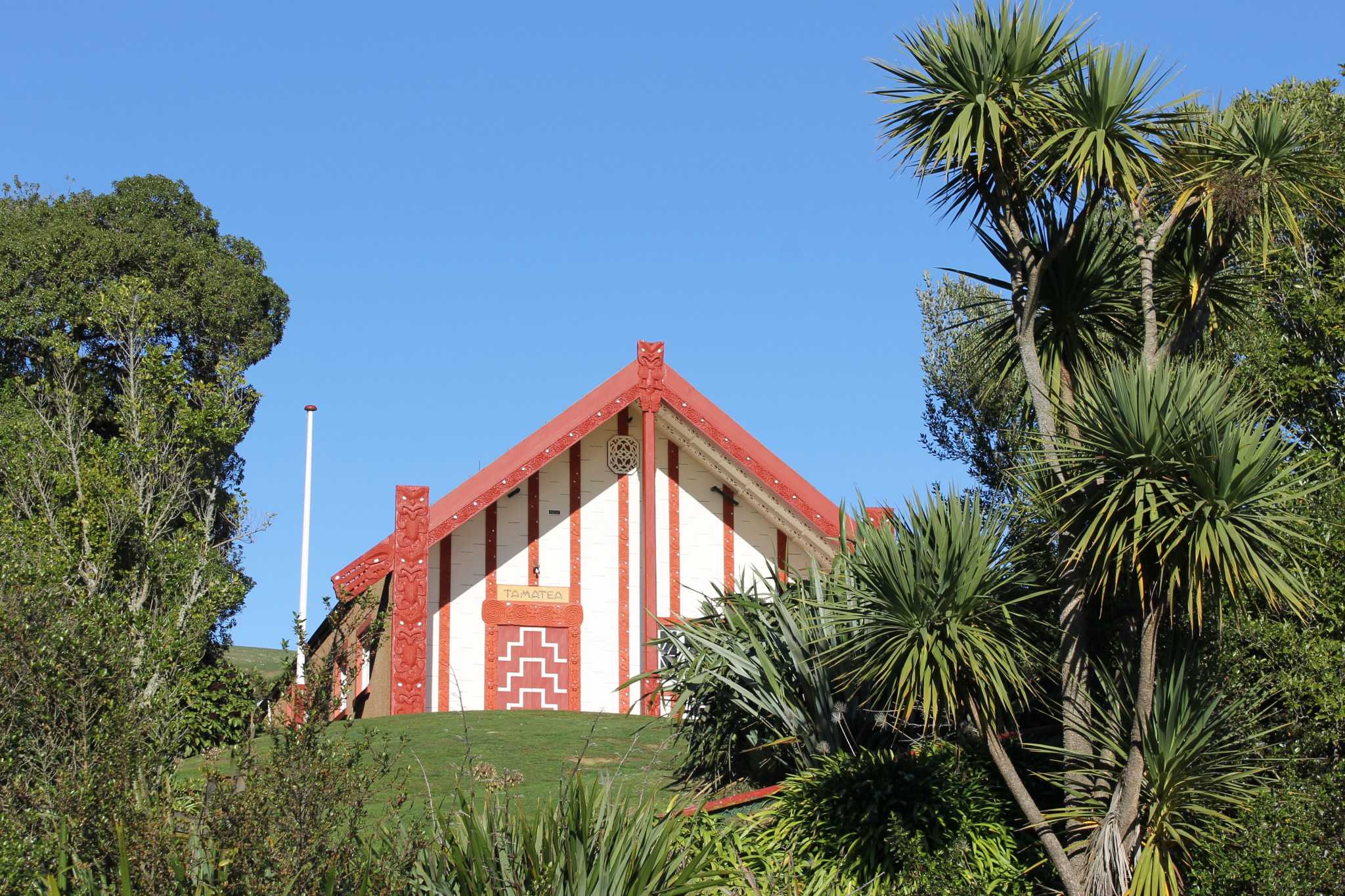
The importance of Māori cultural experiences to tourism in New Zealand
Cultural experiences have had a strong hold within the traditional New Zealand tourism experience for many years. Visitors might be motivated to visit New Zealand to enjoy our scenery or to seek a specific experience, but many will engage with a Māori cultural experience while they are here. Either directly through a Māori tourism operator or indirectly just by travelling through the country.
The depth and breadth of Māori tourism businesses throughout New Zealand has increased significantly over recent years. Historically, this sector was dominated by experiences that were developed around traditional aspects of the culture — kapa haka or Māori performing arts, traditional aspects of being welcomed onto a marae, or elements of other strong art forms such as carving. And while these experiences are still very much sought after, there are many experiences that offer alternative opportunities to engage with Māori.
These might be hiking, cycling, or white-water rafting products that incorporate a Maori element, through to immersive experiences that are based around storytelling, and sharing Te Ao Māori, the Māori world view, in a way that takes visitors on a journey of discovery to uncover what it was, and is to be Māori living in Aotearoa, New Zealand.
The opportunity
Visitors, both international and domestic, are seeking authentic engagement opportunities with locals. They are actively looking for experiences that allow them to see the local landscapes through the eyes of a local and hear the stories that connect the people and the place from the people who have the authority to tell them.
Māori are in a unique position as guardians of our landscapes and the holders of the stories that breathe life into those landscapes. Their histories and stories have helped to weave the tapestry of our destinations together into the unique visitor proposition they are. There are examples throughout New Zealand where local Māori are doing this now and are developing strong businesses and brands that can be built on into the future as we wait for open borders and a return of our international markets. But there are many regions where these opportunities have yet to be explored.
The TRC Tourism approach identifies opportunities for iwi that exist between the journey from current to aspirational state and develop tourism experiences that help to derive economic benefit to their community, and employment opportunities for their people to bring them back home.
Walking Backward into the Future
Inā kei te mōhio koe ko wai koe, i anga mai koe i hea, kei te mōhio koe te mōhio i koe, kei te anga atu ki hea.
If you know who you are and where you are from, then you will know where you are going.
This whakataukī articulates the importance of knowing your roots in order to know where you are going. Māori will look back to look forward. In life we revert to the learnings of our ancestors to accurately prepare for the here and now, then start to look to what that might mean for us into the future. This is no different for our approach to business. For many, their Māori business model is based around the founding values of who they are as Māori, their whanau, hapū and iwi. There is no disconnect or disassociation between their individual value system and that which they employ within their business.
From an experience perspective, this ethos has the potential to assist in identifying economically beneficial commercial options that highlight their point of difference and can be found in their individual histories. Rather than embracing the tourism experience that works in other regions, looking to their own histories, where they have come from, and the people who came before them will help them to determine an experience option that is unique to them, and at the same time, complementary to Māori experiences throughout New Zealand.
By exploring these options, it becomes clear for iwi engaging in the destination management planning process, that they have a defined role to play in providing visitors with the right opportunities and experiences to engage with the people and the place of the destination.
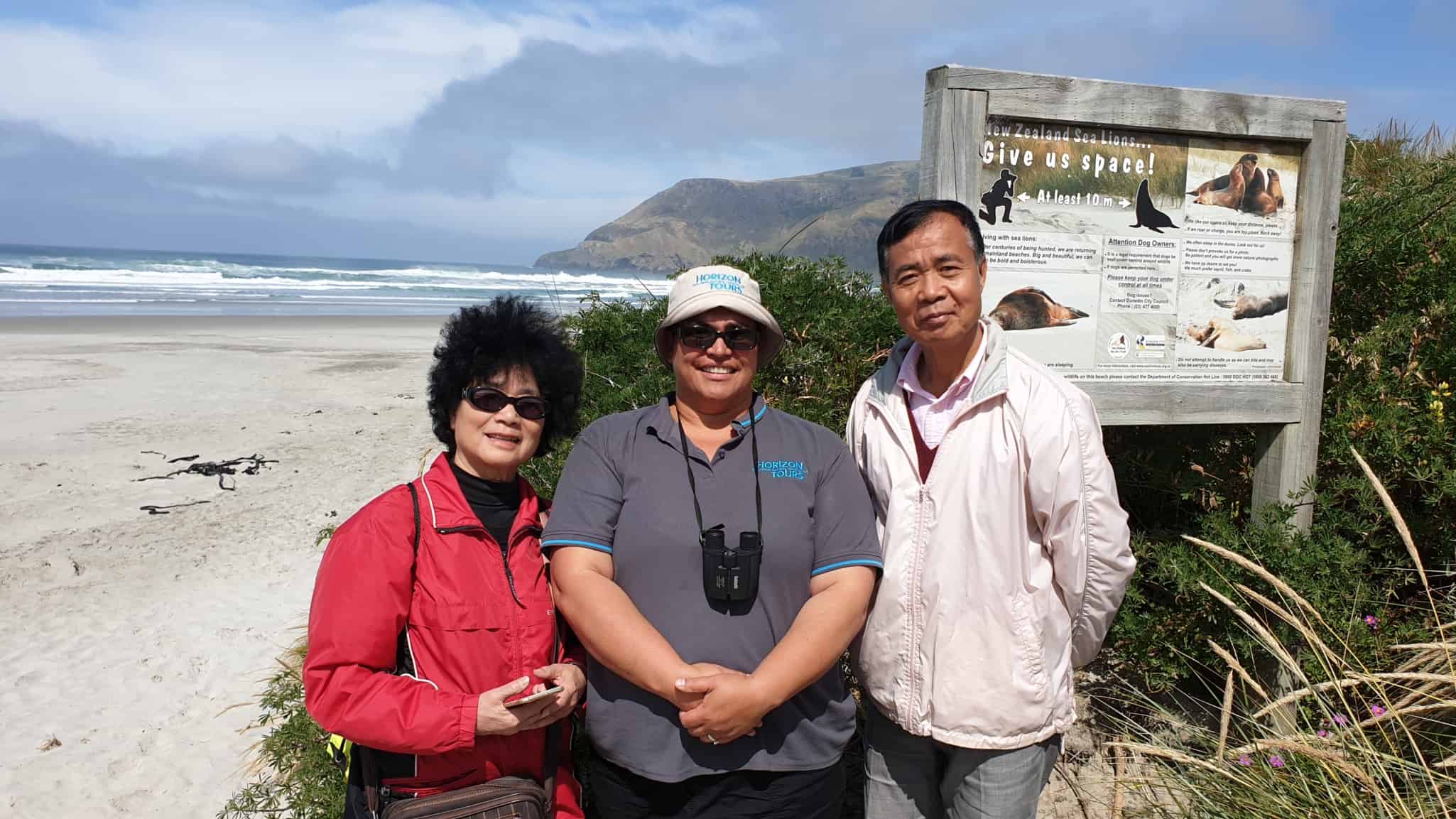
The barriers
Just as the TRC Tourism process identifies opportunities for Māori communities to embrace tourism as an economic enabler, it can highlight the barriers to why these opportunities have not been explored or developed to date. Over the past eight months, we have uncovered a wide range of barriers, some that are unique to specific regions, and some that have appeared consistently throughout consultation.
A series of consistent shared barriers that have appeared in this process fall under the three c’s:
- COST – to make the most of these opportunities, money will have to be spent. Whether this is on assets to deliver the experience, operating costs to run the business or wages in order to staff it, it all comes at a cost. This is an unknown for many and can be a major obstacle when deciding to look at starting a tourism business.
- COMPLIANCE – depending on the type of experience you want to develop, there might be a significant level of compliance that will need to be navigated in order to operate. These might be imperatives like Department of Conservation concessions to access certain areas, permits to operate particular assets, or individual business decisions like Qualmark accreditation or some other independent mark of quality assurance. For Māori, there is also the complexity of Māori land caveats that might make operating commercial activity on that land difficult.
- CAPABILITY – a large barrier that has been identified in multiple iwi consultation sessions is the lack of capability within the whānau, hapū or iwi to run a tourism business. Many have great innovative experience ideas, people who are willing to operate the experience and will do so in an intimate and engaging way, but lack the business and experience development capability to build sustainable businesses.
Conversations in these consultation sessions then turn toward how we can turn these barriers into opportunities or what avenues of assistance might exist to overcome these barriers. The outcomes of this are then articulated within the destination management plan to help determine a pathway forward that will see these unique experiences being flagged for potential development into the future.
Conclusions
Tourism is an economic enabler for Māori communities, that can provide a broad range of environmental, social, cultural and economic benefits. And while the effect of COVID-19 on our industry will not truly be known for a while, now is the time to explore what the potential for destinations and iwi might be.
We should determine what success might look like for individual destinations when borders open, and our industry starts to recover. Do we want to return to what we had before, or do we want to build a better, more resilient, more sustainable industry that provides a range of benefits to local communities? Should we re-evaluate what our metrics for success are, and build stronger experiences designed to achieve those new metrics?
The TRC Tourism approach to destination management planning, and purposeful iwi engagement explores the answer to these questions, and more. The process provides a level of support and comfort to regions and iwi when considering investment of time and resources into the tourism industry. With a co-designed plan, collaborative thinking combined with a community and values-based tourism focus, a clear roadmap to a more resilient industry and community can be determined.
References

